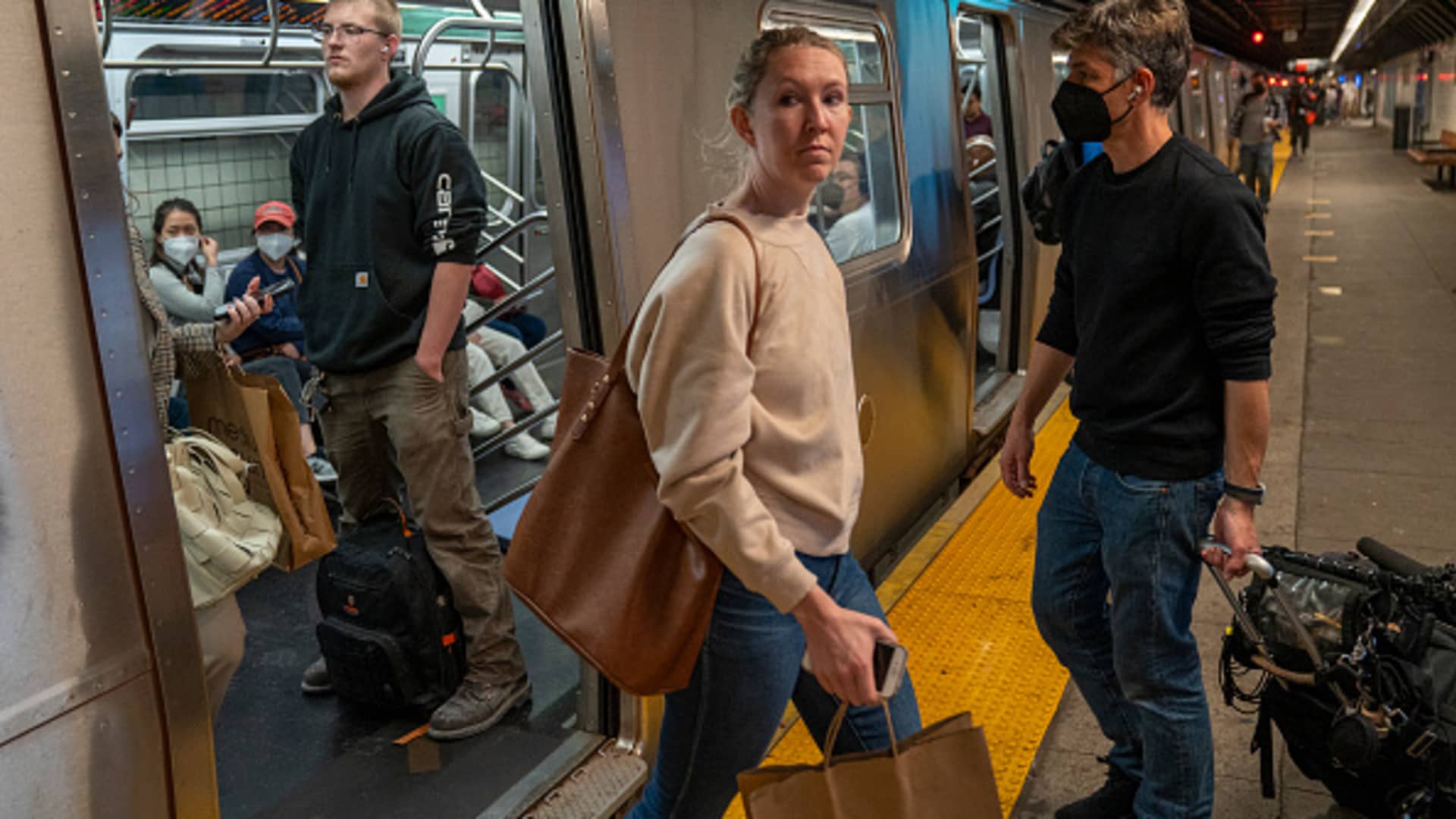More Americans were working part-time and temporary jobs last month, which may herald future shifts in the shape of what today appears a robust jobs market.
Hiring in July easily blew past expectations, suggesting a strong labor market despite other signs of economic weakness. But a jump in the number of workers in part-time positions for economic reasons — usually because of reduced hours, poor business conditions or because they can’t find full-time work — hints at potential instability ahead.
The Bureau of Labor Statistics on Friday reported the number of such workers, called “involuntary part-time workers,” increased by a seasonally adjusted 303,000 in July, to 3.9 million. That follows a sharp decrease of 707,000 in June.
The metric, which is volatile, is still below the 4.4 million involuntary part-time workers recorded in February 2020, before the Covid-19 pandemic upended the labor market.
The number of full-time workers decreased 71,000 over the month, while part-time workers, both voluntary and involuntary, increased by 384,000.
The July uptick wasn’t due to a lack of full-time jobs. Compared with the June report, July saw fewer workers who could only find part-time work. Instead, the report said, workers were forced into part-time roles because of reduced hours and unfavorable business conditions.
The report indicates a move in the “wrong direction,” according to Julia Pollak, chief economist for ZipRecruiter, and could signal a recession ahead.
At the same time, temporary help services jobs showed signs of expansion, increasing by 9,800 in July, more than double the 4,300 increase in June.
These are workers temporarily hired to pick up extra work, and are often the first to be cut when employers brace for tougher economic times, according to Pollak. Growth in that metric, she said, could be a reassuring sign for the economy.
The conflicting indicators could reflect a diverging economy where some industries are struggling more than others, according to Erica Groshen, a former commissioner for the Bureau of Labor Statistics and current senior economics advisor at Cornell University.
Another possibility, she said, is that strong hiring earlier in the month led businesses to pull back to correct.
“Towards the end of the month we had people having their hours cut,” she said.
